Fixing journalism’s credit score to earn back audience trust
This will be the year the mainstream media complex — specifically managers and editors — finally begins to understand the ramifications of losing their audience’s trust.
It’s a loss that transcends the Trump and fake news phenomena. Rather, it’s about corrupting forces to which journalists themselves are largely oblivious. Most of the blame, I think, lies with structural, economic, and bureaucratic forces that have come to underestimate editorial risks and misallocate resources in a bid to maximize returns from reach, digitalization, and standardization.
Such forces unwittingly favor — even in the most upstanding organizations — predictable clicks drawn from knee-jerk, and often erroneous, takes that ride the consensus wave, while sensationalizing content and narrowing the public debate spectrum. The result is an eschewing of contrarian quality reads that might be slower to come to market but are much harder to discredit over time because they have been properly researched, considered, and tested. It is simply safer to ride the consensus wave, even in the supposedly high-quality and deeply researched section of the media.
As in banking, there are only so many times a journalistic outlet can misprice a story and suffer a proverbial default before readers begin to lose trust in the publisher in question (such as when the story you’ve been pushing turns out not to be true or badly misinformed). In terms of abuse of public trust, today is analogous to the post-2008 era in banking. Eventually, eyeballs and subscriptions will flow to more credible competition. Indeed, the biggest reason they haven’t yet abandoned the mainstream in sizable volume is that a credible competitor that addresses most of these issues on an economically scaled basis doesn’t yet exist.
To date, most challengers have focused on addressing the symptoms — and not underlying causes — of media discontent. And so, challengers orient themselves towards ever more partisan offerings or those focused on giving a platform to voices rejected by the incumbent system.
Substack is the most prominent of these challengers. It’s carved out a reputation for itself as a neutral platform that is largely indifferent to the politics of any particular writer. Instead, it is happy to give shelter to mainstream journalistic defectors of all shapes, flavors, sizes, and inclinations.
While this is a step forward, it is not a long-lasting solution. This is because Substack’s platform fails to address the credit risk at the heart of the modern-day journalistic quagmire in an economically viable way. The platform’s gated nature and dependence on super-star names, meanwhile, poses editorial scaling challenges.
If journalistic reputations are to be salvaged in the age of disinformation, I believe an entirely new and open model of journalism must be created. It’s a model that will have to address the mispricing of credit at the heart of the trust issue in journalism. In order to work effectively, it will have to reorganize how information is distributed and valued across the internet. Only then can trust be rebuilt in the media system, and can journalism once again be turned into a force for positive-sum growth rather than division, polarization, and distrust.
In 2022, I hope to play a small role in bringing such a system about.
Izabella Kaminska is the outgoing editor of the Financial Times’ Alphaville blog.
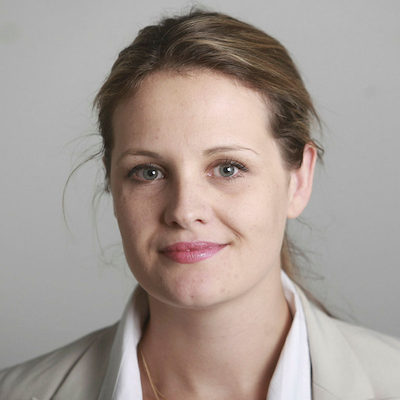
This will be the year the mainstream media complex — specifically managers and editors — finally begins to understand the ramifications of losing their audience’s trust.
It’s a loss that transcends the Trump and fake news phenomena. Rather, it’s about corrupting forces to which journalists themselves are largely oblivious. Most of the blame, I think, lies with structural, economic, and bureaucratic forces that have come to underestimate editorial risks and misallocate resources in a bid to maximize returns from reach, digitalization, and standardization.
Such forces unwittingly favor — even in the most upstanding organizations — predictable clicks drawn from knee-jerk, and often erroneous, takes that ride the consensus wave, while sensationalizing content and narrowing the public debate spectrum. The result is an eschewing of contrarian quality reads that might be slower to come to market but are much harder to discredit over time because they have been properly researched, considered, and tested. It is simply safer to ride the consensus wave, even in the supposedly high-quality and deeply researched section of the media.
As in banking, there are only so many times a journalistic outlet can misprice a story and suffer a proverbial default before readers begin to lose trust in the publisher in question (such as when the story you’ve been pushing turns out not to be true or badly misinformed). In terms of abuse of public trust, today is analogous to the post-2008 era in banking. Eventually, eyeballs and subscriptions will flow to more credible competition. Indeed, the biggest reason they haven’t yet abandoned the mainstream in sizable volume is that a credible competitor that addresses most of these issues on an economically scaled basis doesn’t yet exist.
To date, most challengers have focused on addressing the symptoms — and not underlying causes — of media discontent. And so, challengers orient themselves towards ever more partisan offerings or those focused on giving a platform to voices rejected by the incumbent system.
Substack is the most prominent of these challengers. It’s carved out a reputation for itself as a neutral platform that is largely indifferent to the politics of any particular writer. Instead, it is happy to give shelter to mainstream journalistic defectors of all shapes, flavors, sizes, and inclinations.
While this is a step forward, it is not a long-lasting solution. This is because Substack’s platform fails to address the credit risk at the heart of the modern-day journalistic quagmire in an economically viable way. The platform’s gated nature and dependence on super-star names, meanwhile, poses editorial scaling challenges.
If journalistic reputations are to be salvaged in the age of disinformation, I believe an entirely new and open model of journalism must be created. It’s a model that will have to address the mispricing of credit at the heart of the trust issue in journalism. In order to work effectively, it will have to reorganize how information is distributed and valued across the internet. Only then can trust be rebuilt in the media system, and can journalism once again be turned into a force for positive-sum growth rather than division, polarization, and distrust.
In 2022, I hope to play a small role in bringing such a system about.
Izabella Kaminska is the outgoing editor of the Financial Times’ Alphaville blog.
Chicas Poderosas

Joanne McNeil

Catalina Albeanu

Kristen Muller

Mary Walter-Brown

Sam Guzik

Chase Davis

Michael W. Wagner

Gordon Crovitz

Matthew Pressman

Cherian George
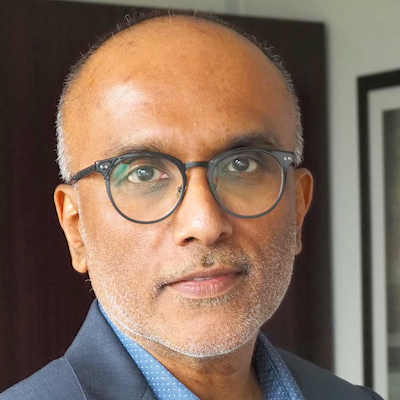
Megan McCarthy

Richard Tofel

Francesco Zaffarano

Jessica Clark

Robert Hernandez

Stephen Fowler

Victor Pickard

Julia Angwin

Shannon McGregor Carolyn Schmitt

Burt Herman

Izabella Kaminska

A.J. Bauer
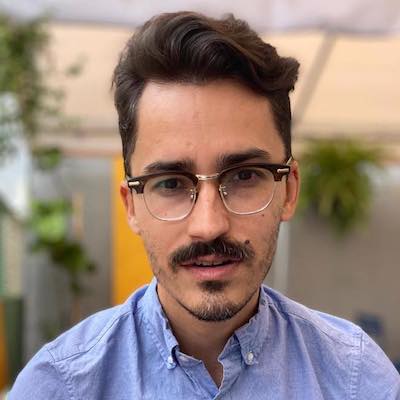
Simon Galperin

Kristen Jeffers

Rachel Glickhouse

Tony Baranowski

Tamar Charney

Mike Rispoli

Gonzalo del Peon

Jesenia De Moya Correa
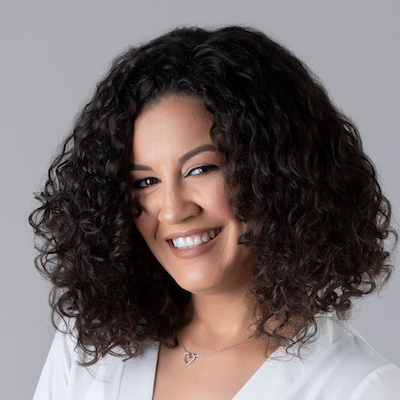
Jennifer Brandel

Errin Haines

Matt DeRienzo

S. Mitra Kalita
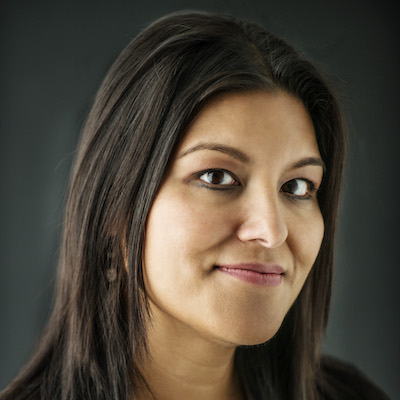
Jody Brannon

Sarah Marshall

Kerri Hoffman

Ariel Zirulnick

Melody Kramer

David Cohn

Cristina Tardáguila

Anita Varma

Jim Friedlich

Don Day

Matt Karolian

Christoph Mergerson

Cindy Royal

j. Siguru Wahutu
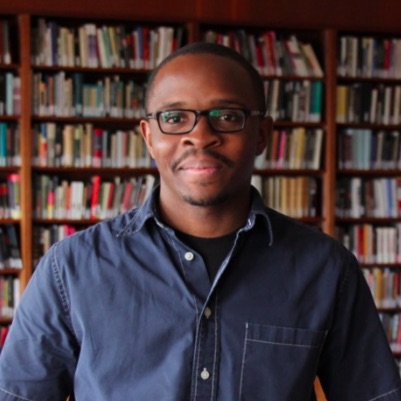
Tom Trewinnard

Moreno Cruz Osório

Shalabh Upadhyay

Jennifer Coogan

Amy Schmitz Weiss

AX Mina

Whitney Phillips

Joe Amditis

Joy Mayer

Anika Anand

Jonas Kaiser

Rasmus Kleis Nielsen

Natalia Viana

Andrew Freedman

Juleyka Lantigua

Christina Shih

Gabe Schneider

Doris Truong

Millie Tran
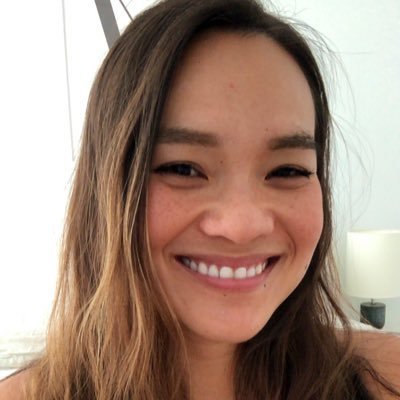
Alice Antheaume

Laxmi Parthasarathy

Anthony Nadler

Wilson Liévano

Mandy Jenkins

Raney Aronson-Rath
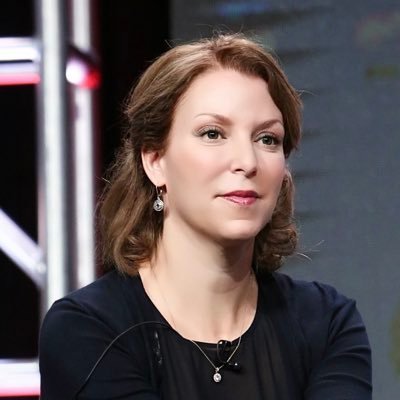
Joni Deutsch
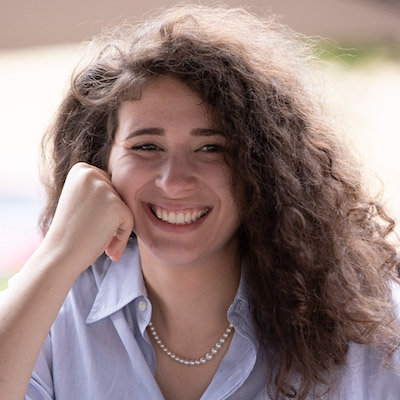
Eric Nuzum

Sarah Stonbely

Julia Munslow

Meena Thiruvengadam
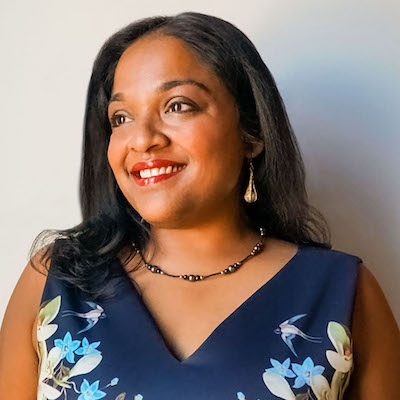
Janelle Salanga

Candace Amos

Ståle Grut

Joshua P. Darr

Parker Molloy

Brian Moritz

Mario García

Simon Allison

James Green

Nikki Usher

Zizi Papacharissi

Larry Ryckman

John Davidow

Daniel Eilemberg

Kathleen Searles Rebekah Trumble

David Skok

Amara Aguilar

Kendra Pierre-Louis

Paul Cheung

Stefanie Murray

Jesse Holcomb
